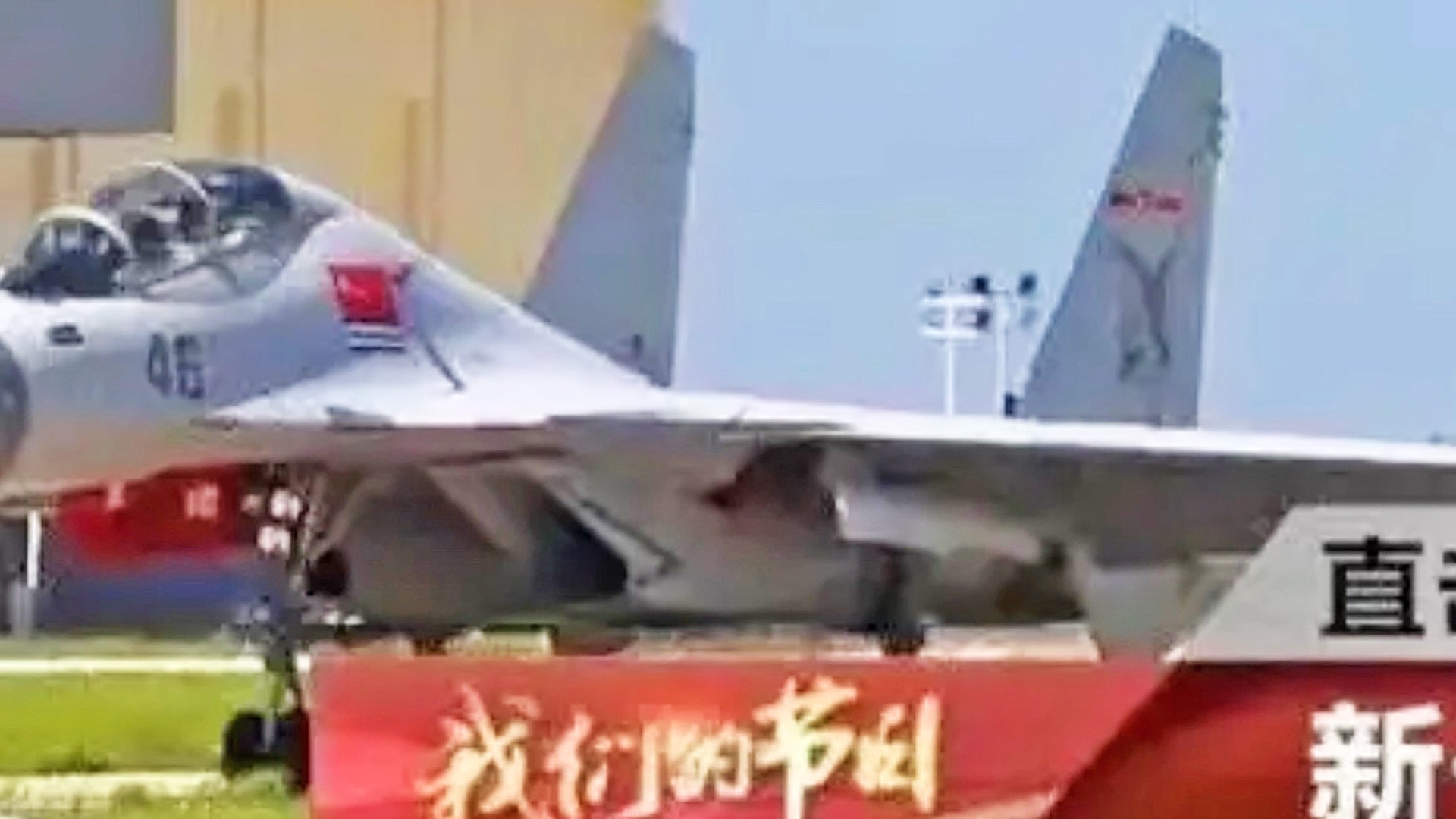Ex-Marine Pilot Allegedly Tried To Source T-2 Carrier Trainer Jet For China
D. Miller/Wikimedia Commons As well as allegedly trying to procure a T-2 jet, the former Harrier pilot is said to have provided other navy-related training to China.
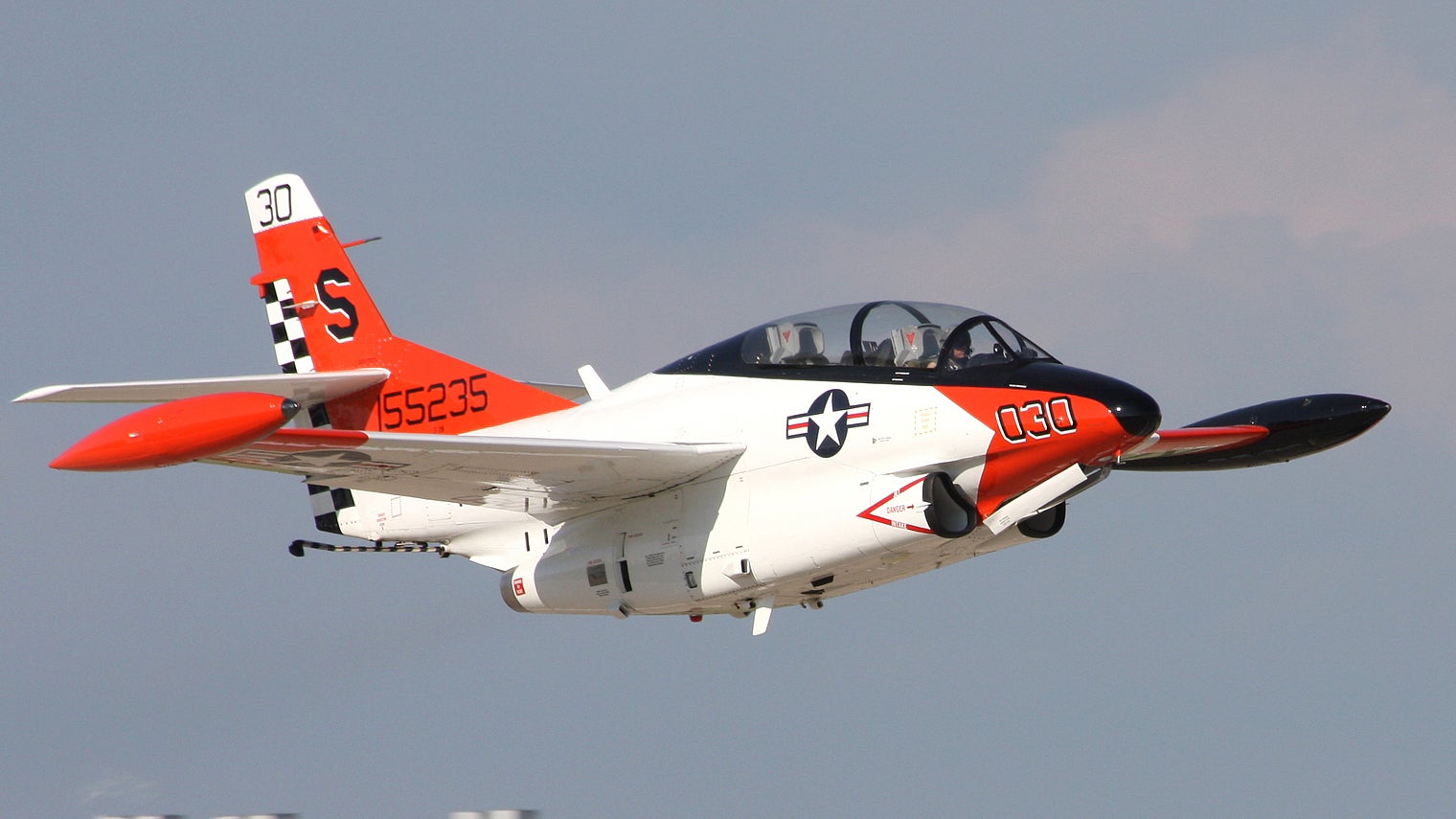
Ex-Marine Pilot Allegedly Tried To Source T-2 Carrier Trainer Jet For China
The former U.S. Marine Corps AV-8B Harrier II jump jet pilot who was arrested in Australia earlier this year, amid accusations that he’d been working in China, had allegedly been helping train Chinese naval aviators to operate from aircraft carriers. An indictment from U.S. prosecutors also says that the Marine pilot, Daniel Edmund Duggan, was involved in training Chinese aviators in South Africa and that this program also involved potentially illegal procurement of at least one T-2 Buckeye naval jet trainer capable of carrier deck takeoff and landings.
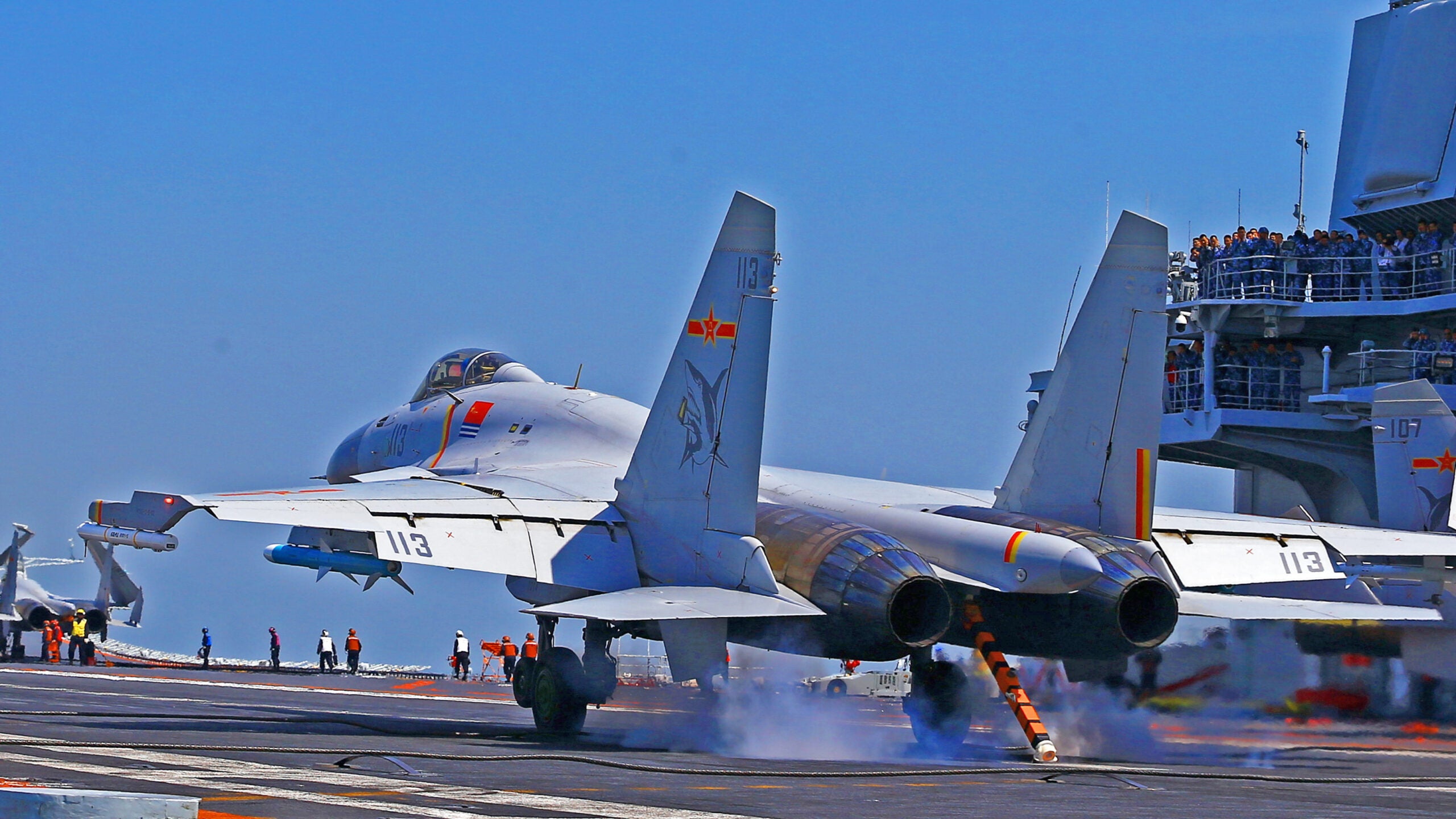
The new allegations regarding Daniel Edmund Duggan, a former Marine Corps senior tactical instructor, are included in an indictment from U.S. prosecutors that dates back to 2017, but which has only now been unsealed by a federal court in the District of Columbia. The allegations claim that Duggan was specifically engaged in helping the Chinese People’s Liberation Army Navy (PLAN) develop its fast-growing carrier aviation branch. Duggan is currently detained in Australia, where he was arrested by the Australian Federal Police in October, reportedly at the request of the FBI.
According to a report in The Wall Street Journal, U.S. prosecutors allege that Duggan “breached U.S. arms-control laws and was involved in a conspiracy.” The same publication approached Duggan’s lawyer and the U.S. Justice Department, but neither has so far provided any comments. Duggan’s lawyer previously stated that the former Marine pilot denied breaking any laws in the United States or elsewhere.
The indictment states that Duggan was involved in a training program for PLAN naval aviators that would be carried out in China, South Africa, and other undisclosed locations. The training is said to have been centered upon carrier approach and landing, a vital and complex skill set required for operating from flattops of the kind that China is now operating and building.
Duggan is said to have provided some of this training in the early 2010s via a “test-flight academy in South Africa that also had a presence in China.” That academy is unnamed. However, the U.K. Ministry of Defense revealed earlier this year that British personnel had been involved in providing pilot training to the Chinese military via the Test Flying Academy of South Africa, or TFASA, a privately run training center in South Africa’s Western Cape. As we reported previously, there is an established link between TFASA and China, including the state-owned Aviation Industry Corporation of China (AVIC) aerospace and defense conglomerate.
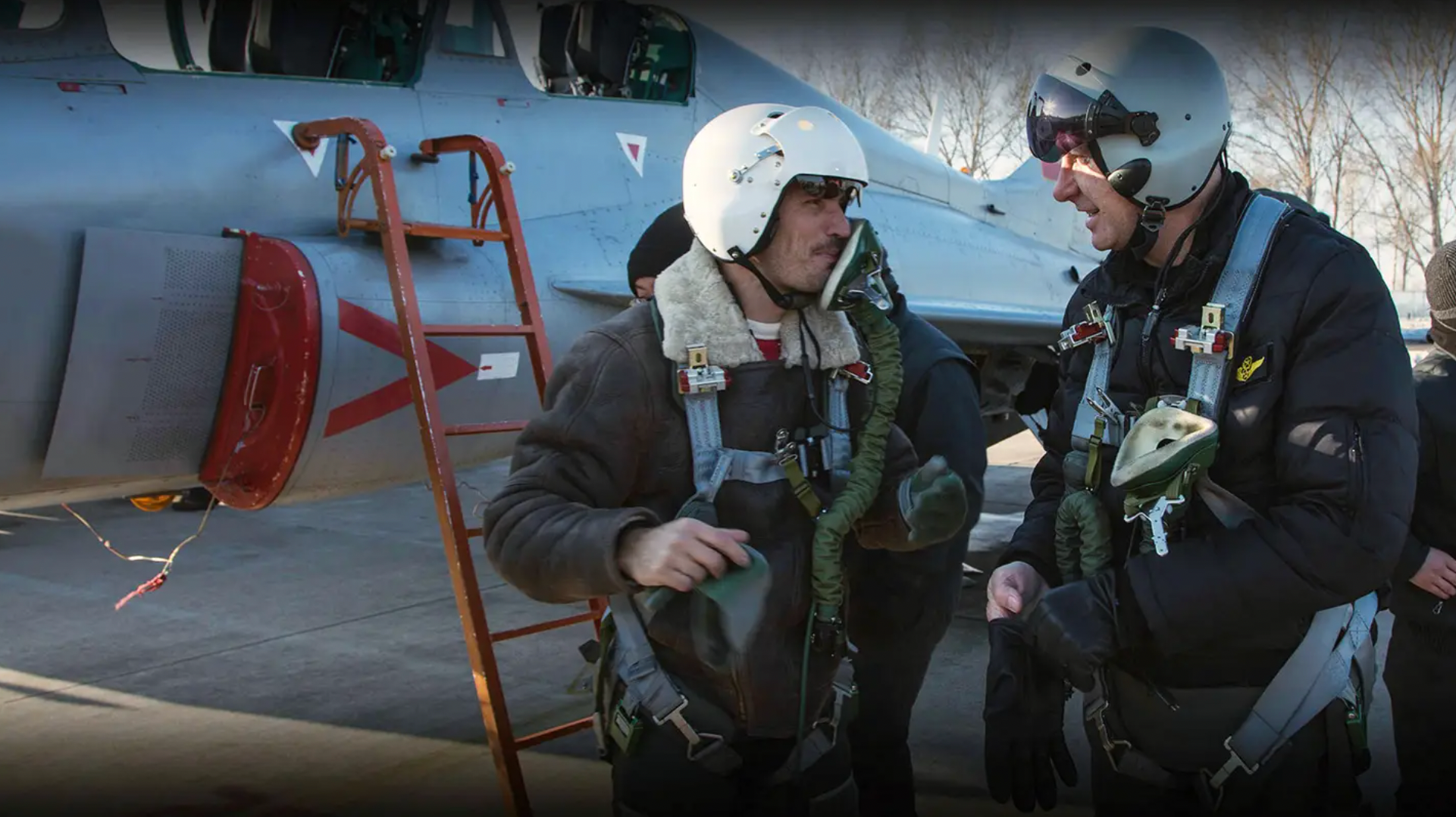
Among other alleged and unnamed co-conspirators in the Duggan indictment are a Chinese-based company that also provided military training for the Chinese government, plus another former U.S. military pilot.
Duggan himself is known to have moved to China in 2014. According to his LinkedIn profile, he began working in Qingdao in 2017 as the managing director of AVIBIZ Limited, described as “a comprehensive aviation consultancy company with a focus on the fast-growing and dynamic Chinese Aviation Industry.” That company was registered in Hong Kong, but formally ceased operations in 2020.
Together with supposed co-conspirators, the indictment claims that Duggan arranged to buy a T-2 training jet, allegedly providing false information to ensure the U.S. government would approve an export license of the aircraft to South Africa.
The twin-jet T-2 was developed in the late 1950s to provide basic training to future U.S. Navy and Marine Corps aviators, including carrier landings, with the aid of an arrester hook, sturdy wide-track gear and other design elements. Additionally, the T-2 was used for other pilot training work, including first solo flights, formation, and aerobatic flying, day and night navigation, and weapons training. It was finally retired by the U.S. Navy in 2015, but the T-2 soldiers on in a land-based role with Greece, as seen in the video below.
Exactly why a T-2 was chosen for training the Chinese is unclear: in South Africa, at least, it seems it would have been unable to perform carrier-representative takeoffs and landings. On the other hand, the planned acquisition of the Buckeye was around the same time China was developing a hooked jet trainer of its own, the Guizhou JL-9GA. This only entered PLAN service around 2021. With that in mind, the T-2 could have provided some useful insight into training aircraft of this kind, or at the very least, access to a proven jet trainer of Western design.
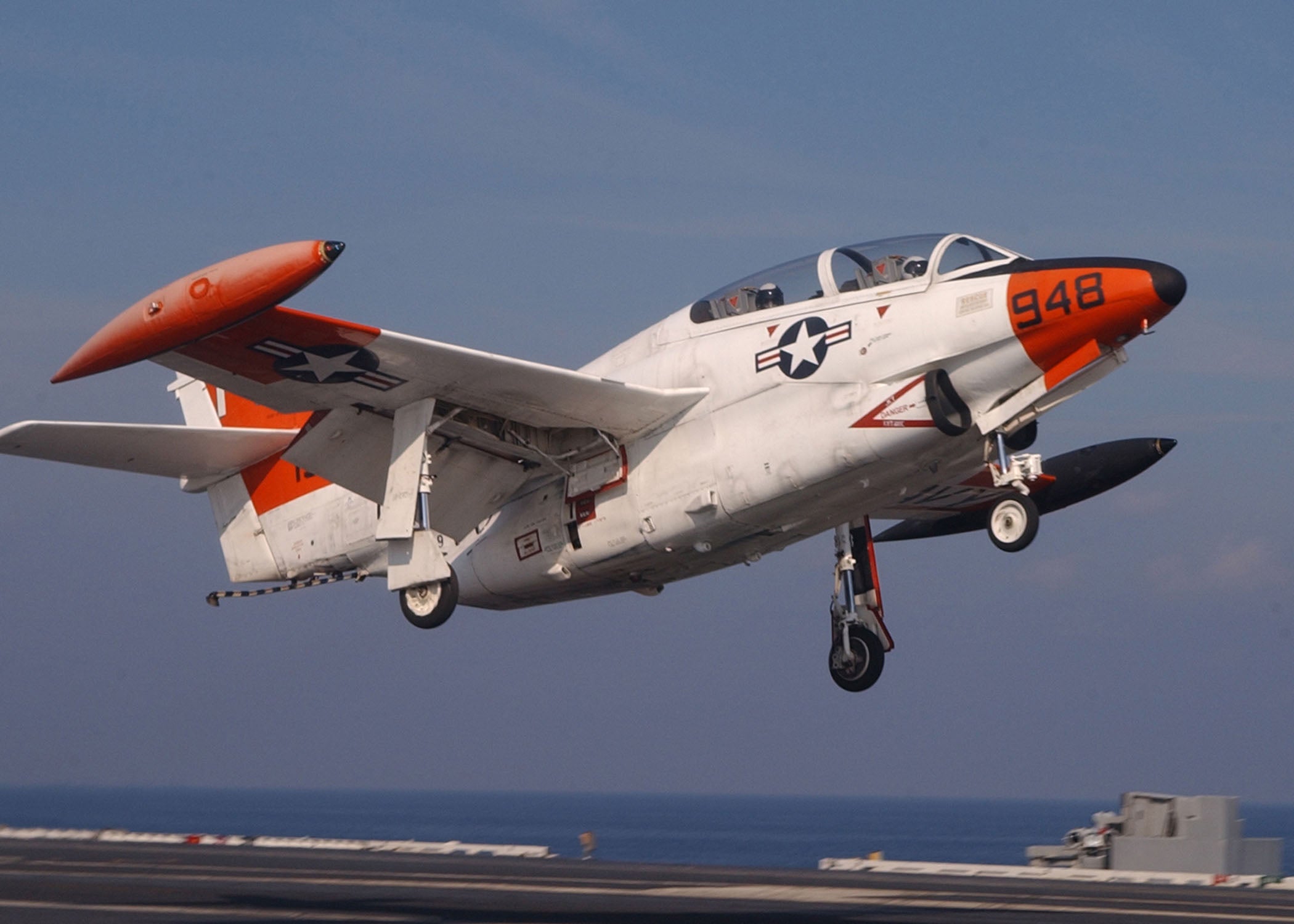
It’s not clear exactly what happened with the T-2 procurement, or to what degree the aircraft was used, but a 1967-vintage T-2B model is listed as having been exported to South Africa in May 2011, upon which it received the local civilian registration ZU-NVY. An online listing for the aircraft notes that it has been upgraded at some point with Garmin GPS navigation and communications aids in both cockpits, as well as a modern electronic flight instrument (EFIS) system cockpit display. The current owner of this aircraft is unclear, although the timeframe and its presence in South Africa seem, at the very least, highly coincidental.
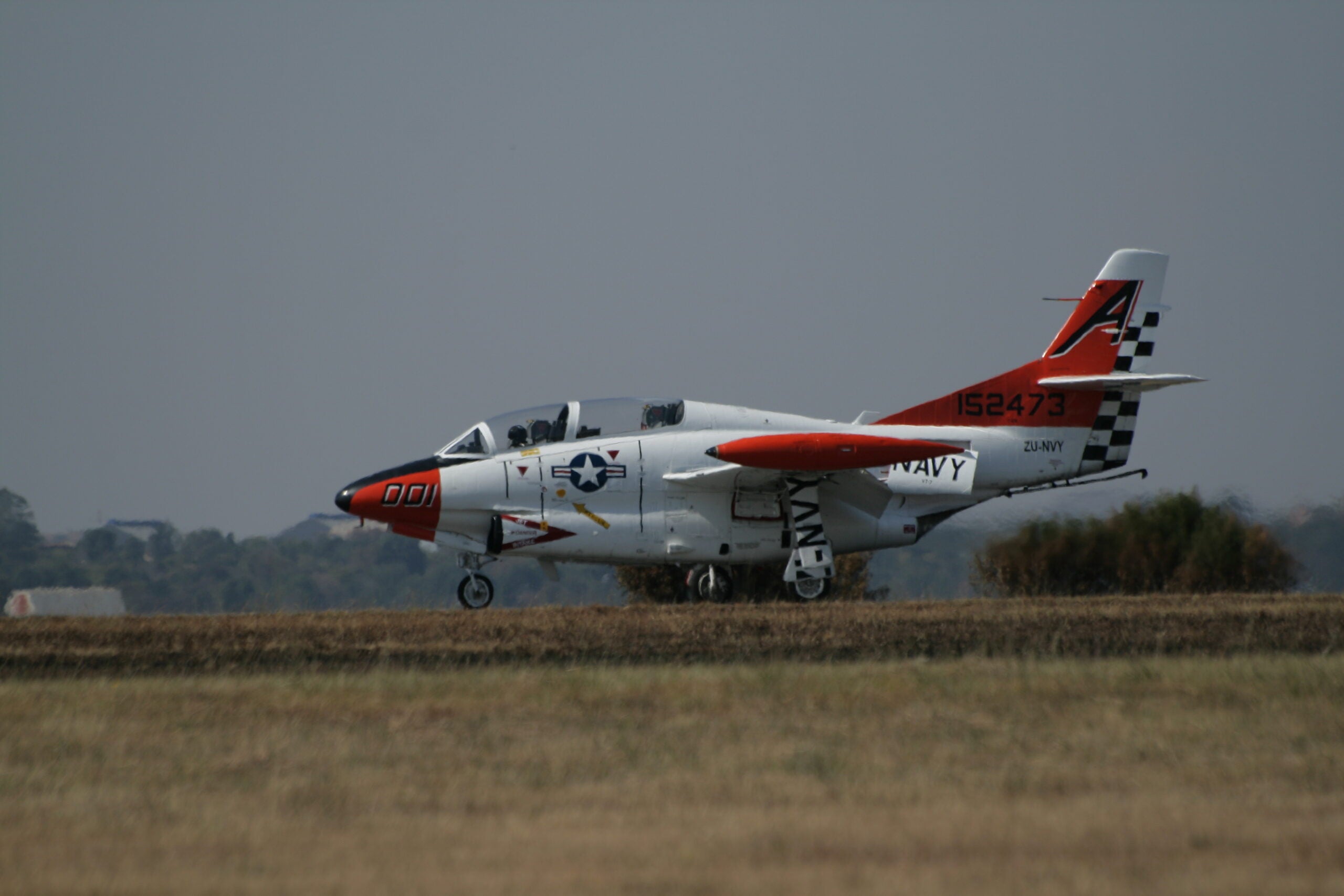
The indictment alleges that Duggan and his co-conspirators did not seek a license to export defense services to China, suggesting that the purchase of the T-2 contravened U.S. guidelines. A license for a defense export would normally be denied if the equipment in question is destined to end up either in China or in Chinese hands. The United States has an embargo on defense exports to China that’s been in place since the 1989 Tiananmen Square massacre.
Additionally, the indictment alleges that Duggan failed to gain permission from the U.S. government to provide military training to China, despite the U.S. State Department informing him by email in 2008 that this was a requirement, for any foreign air force. Aside from that, a purchase of the jet would have been made more complicated by various International Traffic in Arms Regulations (ITAR) stipulations, which govern the export of defense and military-related technologies to safeguard U.S. national security and foreign policy objectives.
Further allegations against Duggan are included in the indictment. It’s alleged that he negotiated to provide additional defense services to a Chinese state-owned entity. These services are said to include the evaluation of military pilot trainees, testing of naval aviation-related equipment, and instruction on tactics, techniques, and procedures associated with carrier takeoff and landing. It’s further claimed that Duggan traveled to China and received tens of thousands of dollars in payments.
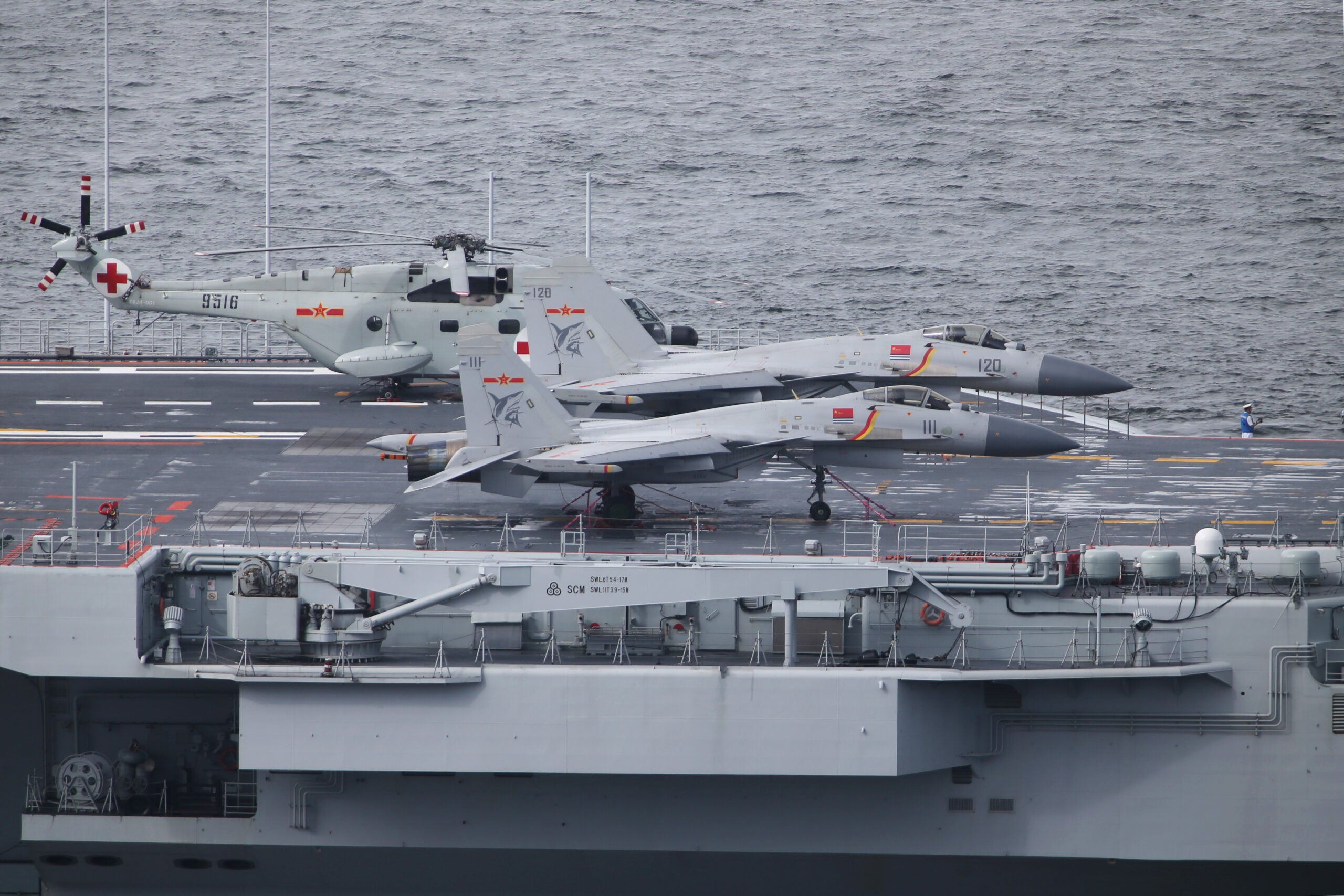
Duggan is scheduled to appear in an Australian court later this week. Meanwhile, U.S. prosecutors are seeking his extradition so that he can face potential charges in the United States. Those charges comprise conspiracy to defraud the United States by conspiracy to unlawfully export defense services to China, conspiracy to launder money, plus two counts of violating the U.S. Arms Export Control Act and ITAR.
Regardless of what happens next, this episode again highlights the often-shadowy world in which Western individuals and organizations have been providing military training and expertise to China.
In October, the U.K. Ministry of Defense acknowledged that dozens of British former frontline military pilots had been hired by China to provide training and intelligence. They had been recruited “to help Beijing develop its tactics and technological expertise.” The pilots involved were said to be mainly former fast-jet aircrew but also included helicopter pilots. All apparently began working for China from the end of 2019 onward and were said to be earning around £240,000 (roughly $270,000) a year.
At least some of those British pilots were said to be teaching Chinese students at the TFASA training center in South Africa, while others were reportedly providing services within China.
“We are taking decisive steps to stop Chinese recruitment schemes attempting to headhunt serving and former U.K. Armed Forces pilots to train People’s Liberation Army personnel in the People’s Republic of China,” an MOD spokesman said in response to the revelations. “All serving and former personnel are already subject to the Official Secrets Act, and we are reviewing the use of confidentiality contracts and non-disclosure agreements across Defense, while the new National Security Bill will create additional tools to tackle contemporary security challenges — including this one.”
Other countries, too, have taken steps to address the issue of former military personnel providing services to the Chinese People’s Liberation Army. Previous reports suggested that Australia was investigating claims some of its former fighter pilots have been approached to work in China. Canada, too, has been looking into allegations that China might have recruited former Canadian fighter pilots to train the PLA.
With China having been named the number one challenge to U.S. security, it’s hardly a surprise that Western governments are now taking this issue more seriously. While former pilots from Western air arms may well have made use of legal loopholes to secure lucrative Chinese contracts in the past, measures are clearly being taken to prevent this from happening. There remains a question as to how much — if any — genuinely sensitive information has been passed to Beijing by the individuals and companies involved. Aside from this, however, any training and consultation assistance that helps Beijing establish some kind of military advantage over the West would appear to be highly undesirable — whether legal or not.
As for the position of the PLA, and specifically the PLAN, the latest developments in the Duggan case make it clear that improving the capabilities of the carrier arm is a major priority. Since the commissioning of the PLAN’s first aircraft carrier, Liaoning, in September 2012, the country now has three flattops in the water and has assembled significant experience in carrier operations. Without a doubt, Beijing views aircraft carriers as a fundamental part of its long-term defense plans, especially when it comes to projecting power beyond its immediate region.
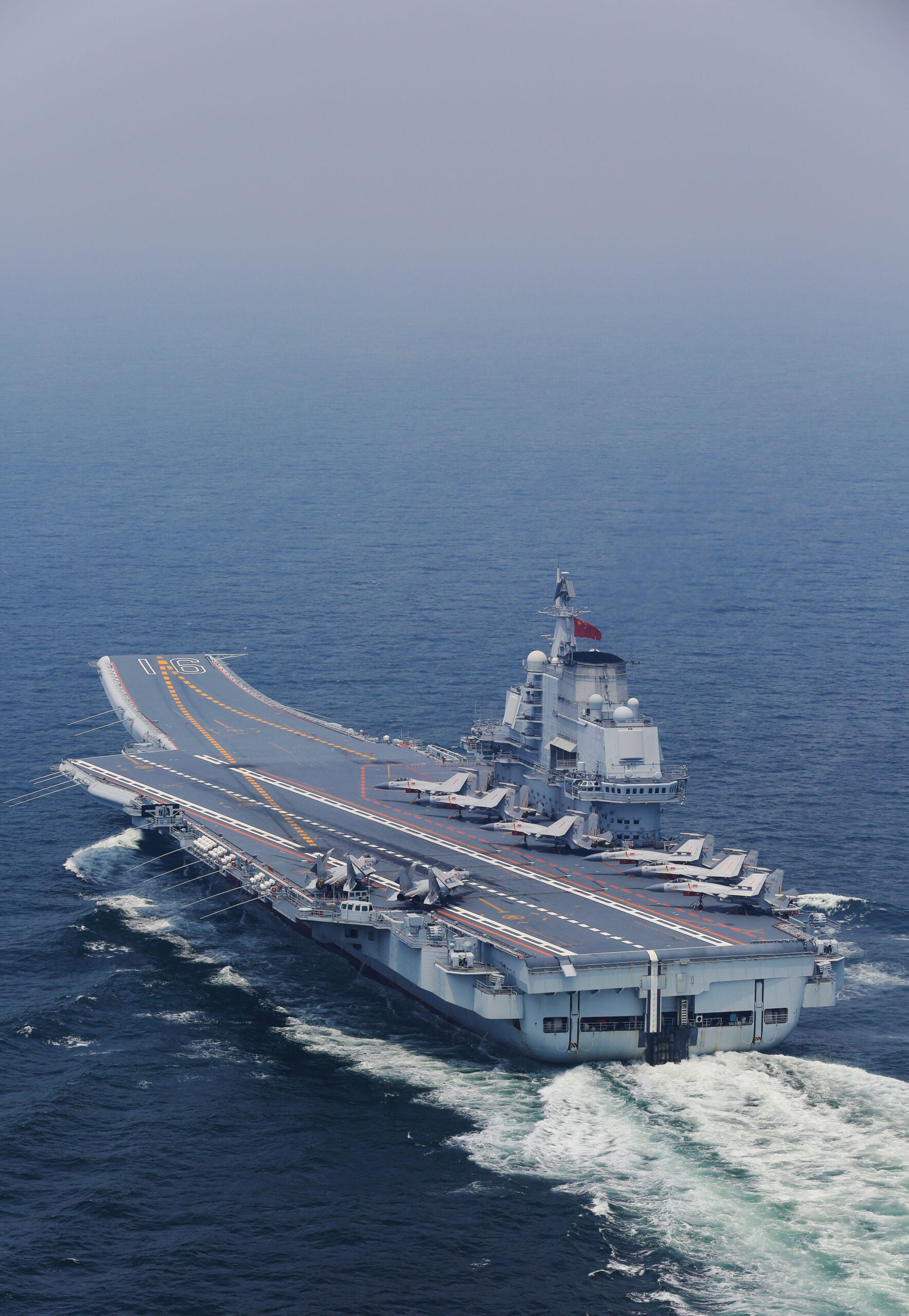
However, this is a very steep learning curve, which various mishaps involving J-15 carrier fighters likely attest to. With that in mind, the expertise of Western fighter pilots with carrier aviation experience could well be highly beneficial, especially as the PLAN develops its training syllabus for future carrier pilots. This includes a dummy carrier deck at Huangdicun, within the Northern Theater Command, where pilots can practice carrier approaches and landings using hook-equipped JL-9GA training jets, as well as J-15 deck fighters. Work is seemingly also underway to develop a similar land-based carrier aviation facility at Lingshui, under the Southern Theater Command. However, the JL-9GA is not currently able to operate from a real carrier deck, so J-15 pilots continue to have their first experience of deck operations in a single-seat fighter.
While the PLAN’s rapidly evolving aircraft carrier capabilities are impressive, it’s also increasingly apparent that Beijing is seeking to secure expert Western knowledge, by legal means or otherwise, to help further its military goals. With that in mind, Western nations are very likely to be increasingly on guard to prevent these kinds of relationships from developing in the future.
Contact the author: thomas@thedrive.com
The post Ex-Marine Pilot Allegedly Tried To Source T-2 Carrier Trainer Jet For China appeared first on The Drive.






















